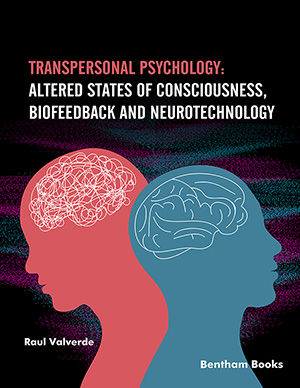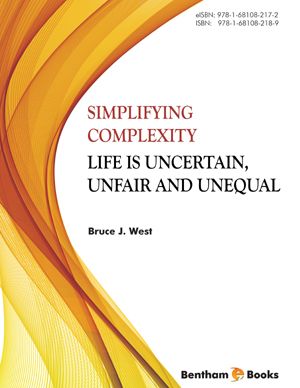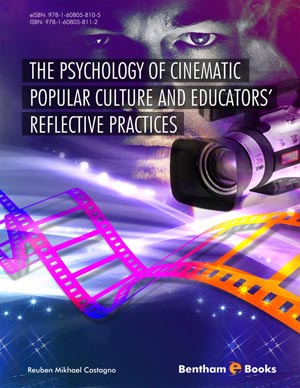Abstract
Consciousness can be defined as the set of subjective, immediate, or remote
knowledge that each being has about the world and himself and sensory perception of
sights, sounds, and smells that are close to us. But our consciousness includes many
more perceptions; any person, through introspection, is able to perceive through a lot of
bodily sensations such as temperature, touch, different pressure points on your body,
release tension, the rhythm of your breathing, or the beating of his own heart, saliva,
the texture of his clothes, itching, pain, etc. Besides these different physical
perceptions, through an even deeper concentration will become aware of your mental
and emotional state, you perceive the constant variety of thoughts and different
emotional states they generate from the joy caused by a memory of spontaneous happy
moments childhood to sudden sadness at the thought of a tragic event. Brain waves are
introduced as a way to understand states of consciousness. The person can achieve an
even more abstract perception of time, mortality itself, or the continuity of its
consciousness and individuality of your conscious self. This personal perception of
inner experience itself is particularly evident in the moments of greatest emotional
intensity however is always present to some extent in current and even bored with our
lives now. Three main schools explain consciousness: Neuroscientist, Quantum, and
Skeptic; this chapter will cover the main schools of consciousness, and will concentrate
on the Quantum paradigm that will serve as background for the rest of this book.
Keywords: Brain Waves, Consciousness, Neuroscience, Quantum Consciousness, Scepticism.












